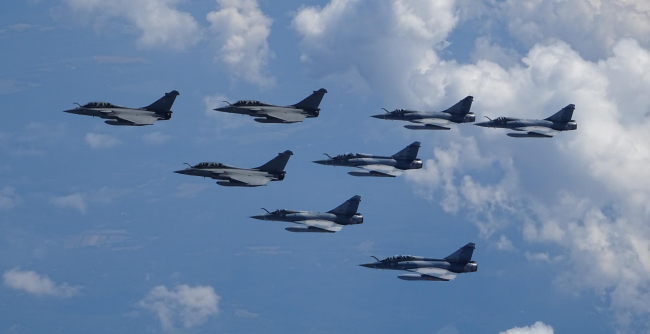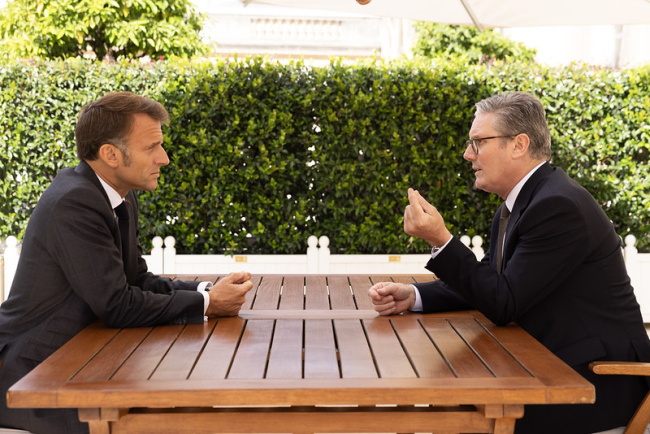Les chausse-trapes de la remontée en puissance : Défis et écueils du redressement militaire

A process of military resurgence shows a government’s will to strengthen its defense apparatus, either to face new strategic challenges or, more frequently, to reverse decline of its capabilities.
The ongoing budgetary crisis, which keeps harming many countries, causes an accelerated weakening of European armed forces. Thus, the question of military resurgence is urgent, at least for those countries that deem necessary maintaining a credible defense tool. Military resurgence is everything but simple. The sharper the drop in capabilities, the more difficult, costly and long the resurgence will be. A swift consolidation may be enough to patch up an apparatus that suffers from minor shortcomings. Should these multiply up to the point of endangering the coherence of the system, a much more substantial build-up would be needed. Ultimately, only a massive, enduring and global effort of reconstruction could efficiently deal with the actual collapse of armed forces. Consequently, this paper highlights the critical importance of threshold effects when considering the development and sustainment of such an effort, effects which must be taken into account before any crippling decision is taken. More specifically, loss of either military or industrial skills has to be carefully thought on and controlled, otherwise the resurgence will fail, however ample the funding may be.
This content is available in French: Les chausse-trapes de la remontée en puissance : Défis et écueils du redressement militaire
Related centers and programs
Discover our other research centers and programsFind out more
Discover all our analysesSaudi Arabia’s Nuclear Temptations. Lessons Learned from Regional Instability
Saudi Arabia’s integration in the international arena and regional stability, notably through reducing its dependence on fossil energies, are crucial elements for the success of the Kingdom’s Vision 2030, the Crown Prince’s top priority. However, Mohammed bin Salman’s declarations in 2018 and 2021, indicating that “if Iran develops a nuclear bomb, we will follow suit as soon as possible”, combined with the recent strikes on key Iranian nuclear facilities, do not bode well for the future of the Kingdom, the region and the non-proliferation regime at large.
The Future of Air Superiority. Command of the Air in High Intensity Warfare
Air superiority, understood as control of the air, is a cornerstone of the Western art of warfare. It is a decisive condition, albeit not sufficient by itself, to achieve military victory, as it enables the concentration of air power toward the achievement of wider strategic objectives and protects other components from unbearable attrition levels. It is best achieved through the offensive use of air power in a joint effort to neutralize the enemy’s air power.
Europe Uncovered?
As Russia continues to threaten Europe, the Trump administration is making no secret of its desire to withdraw—at least partially—from the defense of the Old
Continent in order to focus on strategic competition with China. It is thus putting pressure on its European allies to increase their investment in the military sector. The NATO Summit in The Hague in June 2025 resulted in ambitious commitments by member states to increase their defense spending.
How should Britain and France cooperate to realise the Northwood Declaration?
During his state visit to the United Kingdom (UK) last week, Emmanuel Macron, President of France, signed a joint declaration with Sir Keir Starmer, Prime Minister, on nuclear cooperation between Britain and France. The Northwood Declaration highlights that while both countries’ nuclear arsenals remain sovereign, cooperation on nuclear deterrence can ‘contribute significantly’ to the security of the North Atlantic Treaty Organisation (NATO) and the Euro-Atlantic region.










